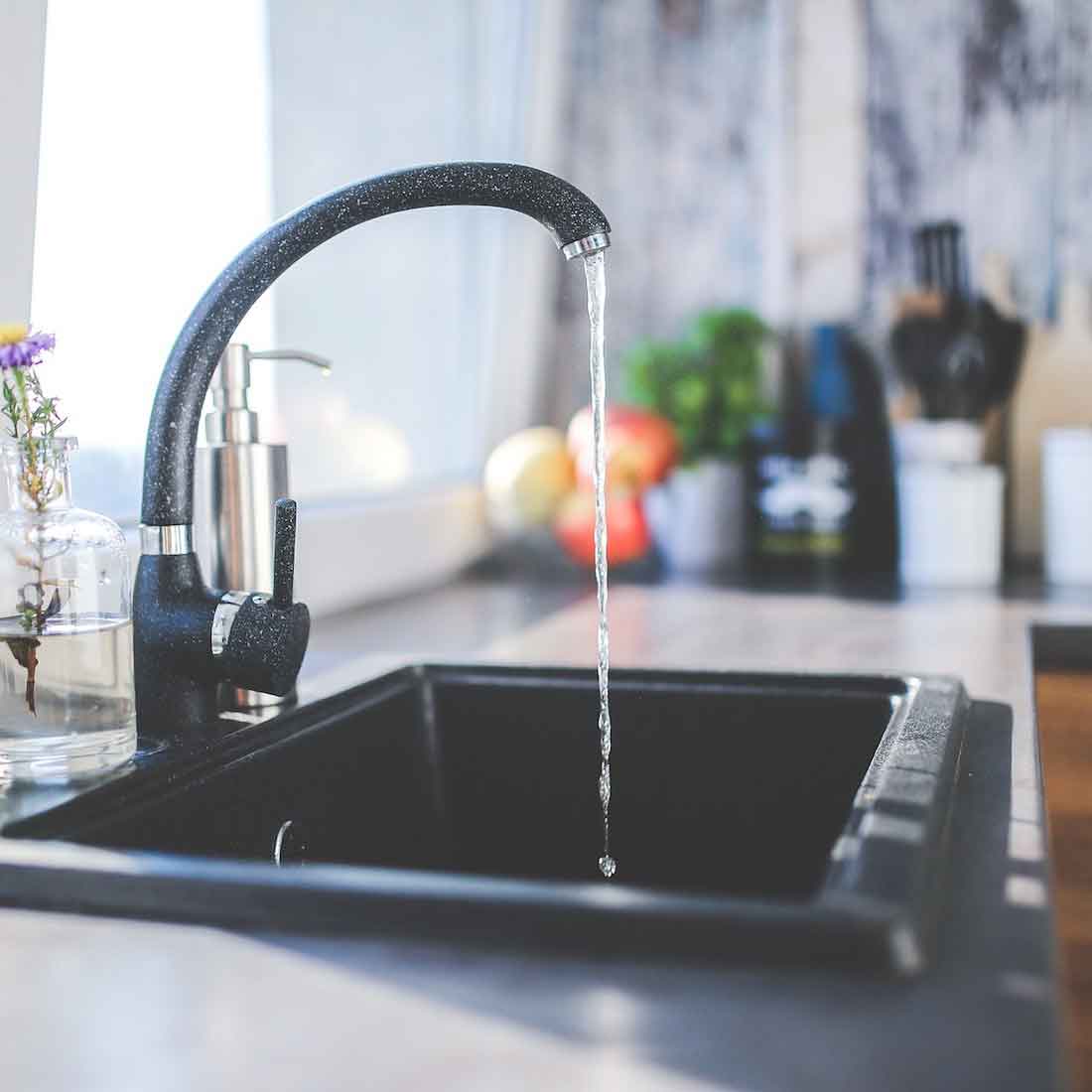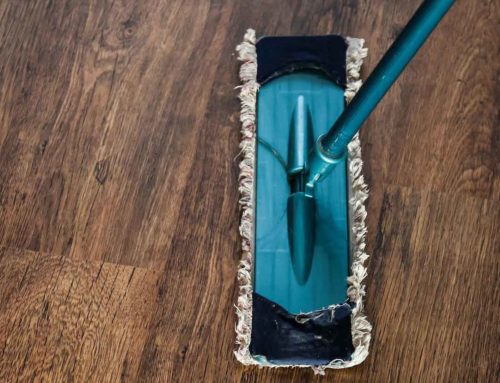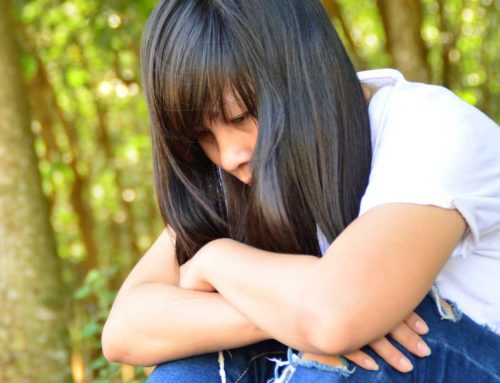We’re exposed to toxic chemicals in our home environment every single day. Think about it. The ingredients you use in your personal hygiene routine, the products you clean with, pesticides on your food and chlorine in your drinking water; all of these exposures can disrupt the diversity and balance of the bacteria living your gut microbiome. These chemicals also interfere with the basic functions of your cells.
The bacteria in your gut are important for a number of reasons. They make B vitamins, vitamin K, help you digest your food and support your immunity. In fact, 70-80% of your immune system is in your gut.
So while in the modern world, it’s virtually impossible to completely avoid toxic chemicals in your everyday life, lifestyle adjustments can help to reduce your toxic load.
Here are 4 simple solutions that help you live a more natural lifestyle.
How to Reduce Toxic Exposure in Your Home Environment
1. Opt for natural alternatives
When you’re choosing personal hygiene products like soap, shampoo or mouthwash for example, look for healthy natural brands that use ingredients you can recognize. They’re not always 100% pure, but considering how often we use these types of products; they can overall help us reduce our toxic load.
Resources like the the Environmental Working Group’s Skin Deep Database can help you establish a safety rating for the products you currently use.
2. Clean green
Chemical cleaning products we use in our home may be harsh on dirt and grime, but they’re also pretty harsh on our bodies. Inhaling them as you clean, or skin exposure if you’re not wearing gloves increases your body’s toxicity levels. Choose greener alternatives, or try making your own at home. Vinegar and baking soda go a long way. Don’t be fooled by a green containers or products with “green” in the name of the product. these branding tricks do not necessarily ensure a safer product. Dig a little deeper into the ingredient list.
3. Eat organic
When it comes to pesticides on our foods, the best way to avoid them is to choose organic. The problem with buying organic food is that it can often come with a higher price tag that not all of us can afford. If that’s the case for you, trying following “the dirty dozen” and “clean fifteen”guide. It guides you on which foods are exposed to the highest levels of pesticides so you can buy organic, and which foods are typically lower that you can buy conventional.
4. Filter your water
The chlorine in our tap water is disruptive to the balance and diversity of our microbiome. It can enter our bodies in a few ways – simply drinking a glass of water, brushing your teeth or taking a shower. Water filtration systems help to remove or reduce the chlorine from your water. You can get systems that cover the whole house, or pitchers to filter your drinking water. There are even filters you can attach your shower-head. You don’t have to do it all, but at least aim to filter your drinking water.
Chew on this
Start by evaluating your current situation then make small changes as you go. Swap out your personal hygiene products as you finish them for more natural alternative. Shop at local farmers markets for produce grown without the use of conventional pesticides, and purchase a water filter to drink more clean water.





Dr. Tick,
I’m studying different types of water filters for my whole house. The prices range from $100-$500.00. What do I need to be looking for in a water filter?